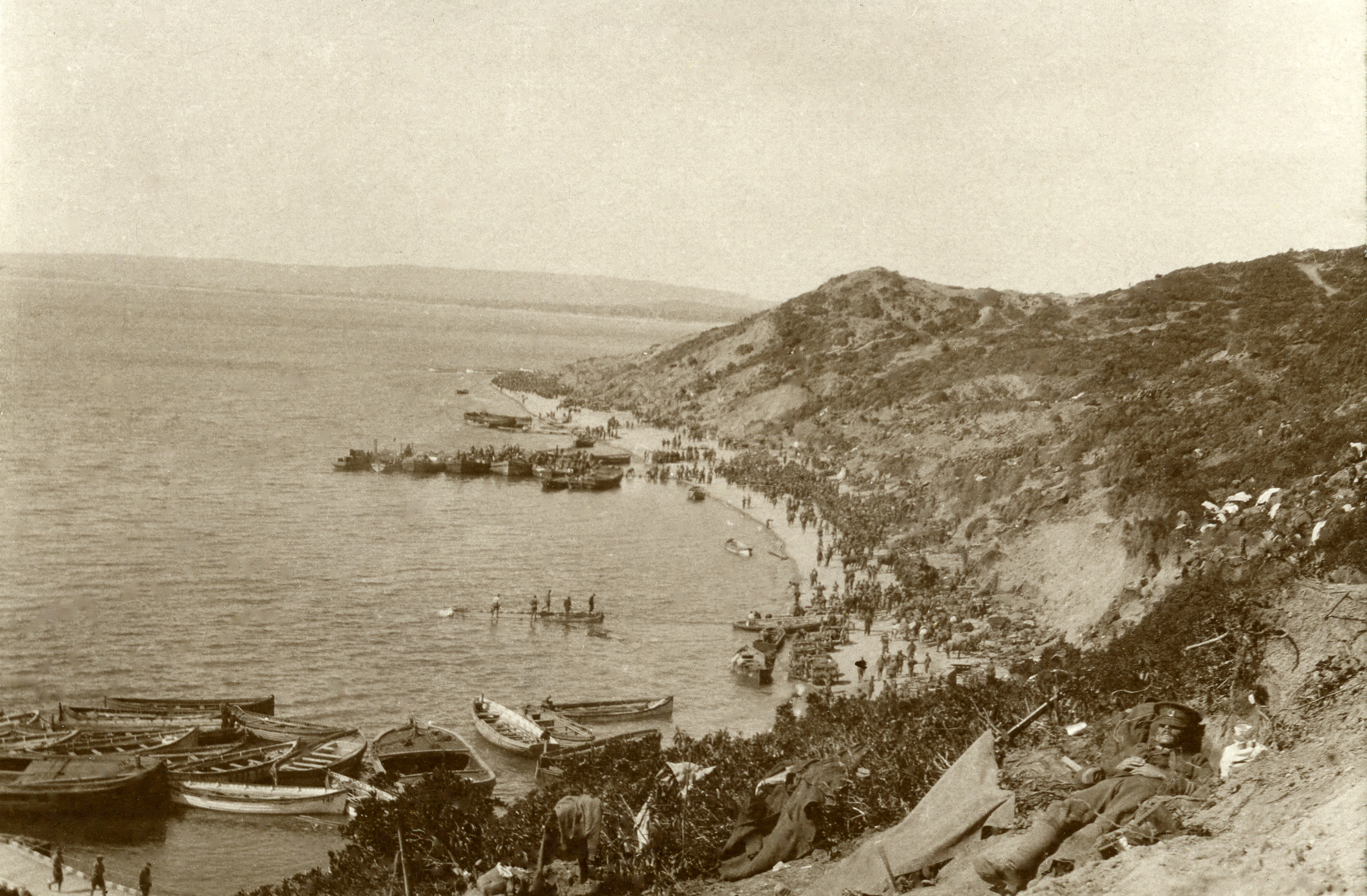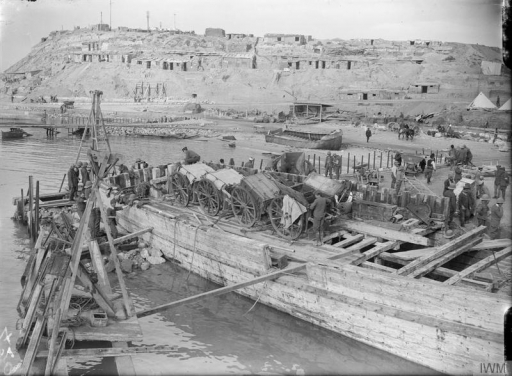One of the most controversial campaigns of the First World War began on April 25th 1915, when the Allied powers invaded the Gallipoli peninsula with the aim of knocking Turkey out of the war.
British and French forces were supported by the newly formed Australian and New Zealand Army Corps (Anzacs), as well as troops from the colonial Indian Army and Newfoundland (now part of Canada).
One hundred years on, the merits and conduct of the Allied assault are still vigorously debated by historians.
Gallipoli was originally conceived by Britain and France as a naval operation to seize control of the Dardanelles Strait from Germany’s Ottoman ally and bolster support for Russia which had been under pressure in the Caucasus.
But Turkey defeated Allied attempts in March 1915 to force a passage through the Dardanelles, the narrow channel forming part of the sea route from the Mediterranean to the Black Sea.
Ground troops were landed on the beaches of the rugged Gallipoli peninsula on April 25th, with the aim of capturing the Ottoman forts and artillery batteries guarding the Dardanelles, and advancing on the capital, Constantinople (now Istanbul).

Landing troops at Gaba Tepe, Gallipoli (Anzac Cove) April 25th 1915. (Courtesy of Archives New Zealand Archives Ref: PC4 1587/1915)
Stiff Turkish resistance prevented any significant advance. A campaign also seen as a ‘back door’ way of trying to break the deadlock of the Western Front became a stalemate itself, despite a renewed Allied offensive in August 1915.
A Turkish military commander, Mustafa Kemal, came to prominence for his defence of Gallipoli, going on to found the modern Republic of Turkey after the collapse of the Ottoman Empire.
Britain and France pulled out their forces after an eight-month campaign, successfully completing the withdrawal by January 1916.
The failure at Gallipoli cost Winston Churchill, an enthusiastic promoter of the venture, his job as First Lord of the Admiralty, the minister in charge of Britain’s Royal Navy.
According to figures compiled by the Gallipoli Association, the Allies suffered more than 250,000 casualties; of these approximately 58,000 died. Ottoman casualties, including German soldiers attached to the Turkish forces, numbered in excess of 300,000, of whom 87,000 died.
April 25th was first marked as Anzac Day in 1916. For Australia and New Zealand, Gallipoli is seen as a significant moment in their emergence as distinct nations from the UK.
Sources: Wikipedia/Gallipoli Association/various
Images courtesy of the Imperial War Museum © IWM Q 13653 (Cape Helles); Archives New Zealand Archives Ref: PC4 1587/1915 (Anzac Cove)
Posted by: Peter Alhadeff, Centenary News
